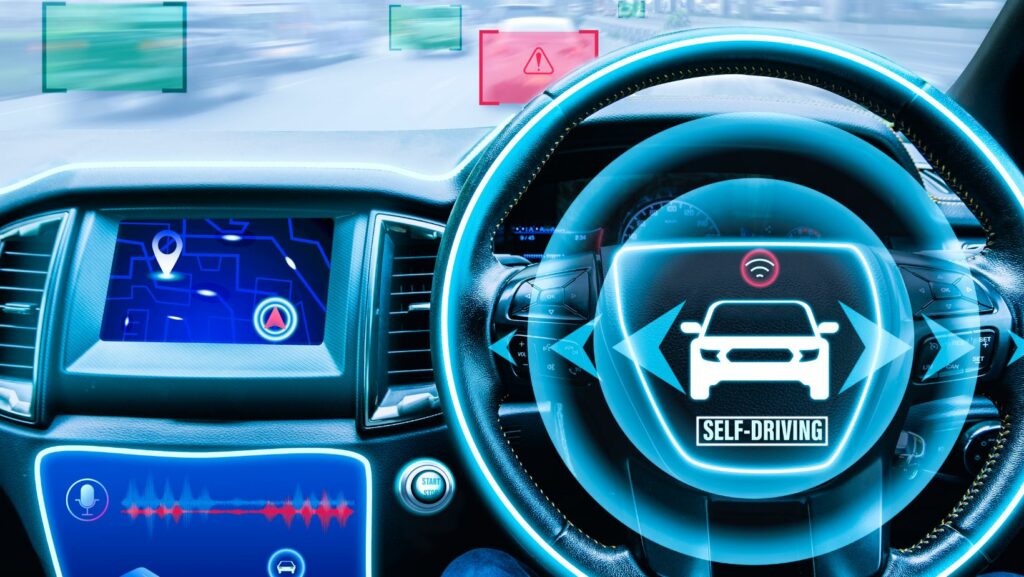In the fast-paced world of today, automobiles aren’t just about transportation anymore. They’ve become complex machines that merge engineering, design, and technology. But what’s under the hood? What makes these four-wheeled marvels move? Let’s delve into the fundamentals of automotive technology.
So buckle up, as we embark on a journey through the gears and circuits that power our travels. This is more than just a ride; it’s an exploration of the science that drives our world on wheels.
Overview of Automotive Technology

Automotive technology encapsulates the essence of innovation, design, and engineering. The core fundamentals of automotive technology are instrumental in the efficient functioning of modern vehicles.
The initial conception of automotive technology dates back to the 1880s. Fueled by the inventions of pioneers like Gottlieb Daimler and Karl Benz, automobiles transitioned from steam-powered to gasoline-powered engines.
Contemporary vehicles consist of various key components. The heart of every automobile, the internal combustion engine, converts fuel into mechanical power. Alongside, the transmission system ensures efficient power distribution to the drive wheels, contributing to optimal vehicle speed and control.
Fundamentals Of Automotive Technology

In the realm of vehicles, engines show distinguishable diversity, each type introducing uniqueness in operation and structuring. Primarily, there are four common types of engines. First, the Internal Combustion Engine, widely used due to its high efficiency and high power output. Second, the Diesel Engine, chosen for its fuel efficiency and torque performance. Third, the Electric Motor found in electric cars. Last, the Hybrid Engine, combining both Internal Combustion and Electric Motors, harnessing advantages from both sides.
Engine performance could be mystifying for some, but in essence, it’s a measurement of how adequately an engine converts fuel into motion. Numerous factors influence engine performance: Horsepower, Torque, Engine Speed, and Fuel Consumption, are some noteworthy points. For instance, Horsepower signifies the amount of work done over time, often referred as the ‘power’ of the engine; higher horsepower amounts to greater speed.
Electrical Systems in Automobiles
Covering the electrical systems within automobiles, which are part of the fundamentals of automotive technology, the following sections delve into battery, alternator, and starter components along with advanced electrical systems and controls. By analyzing these elements, a comprehensive understanding of a vehicle’s electrical functionality emerges.
Battery, Alternator, and Starter

The battery keeps the electrical components running, while charging from the alternator. It provides the electric power for starting the vehicle. An alternator, on the other hand, supports the battery’s charge during the vehicle operations and powers the electrical system once the vehicle is running. Lastly, the starter uses the electric power from the battery to set the engine in motion during start-up.
Advanced Electrical Systems and Controls
Modern vehicles make extensive use of advanced electrical systems and controls to enhance safety, performance, and convenience. These include systems like anti-lock braking systems (ABS), electronic stability control (ESC), and tire pressure monitoring systems (TPMS). On the control side, parts like the electronic control unit (ECU) manage numerous aspects of the car’s engine, brakes, and more.
Future Trends in Automotive Technology
Progress in automotive technology doesn’t cease, revealing remarkable trends indicative of an exhilarating discernable future. Particularly, two areas are propelling automotive development: electric and hybrid technologies, and autonomous driving technologies.
Electric and hybrid advances symbolize a cogent rebuttal to the reliance on fossil fuels. These vehicles, equipped with both traditional internal combustion engines and an electric propulsion system, present numerous benefits. For example, hybrids can offer superior fuel efficiency, significantly reducing carbon emissions and contributing to a more sustainable environment. Furthermore, entirely electric vehicles exchange the internal combustion engine altogether for a battery-powered system.
It’s an exciting time to witness these changes and understand their potential impact. So, whether you’re an auto enthusiast, a professional in the field, or simply a curious observer, keeping up with these trends is essential. It’s not just about the cars we drive, but about the future we’re building. The world of automotive technology is indeed accelerating, and we’re all along for the ride.



